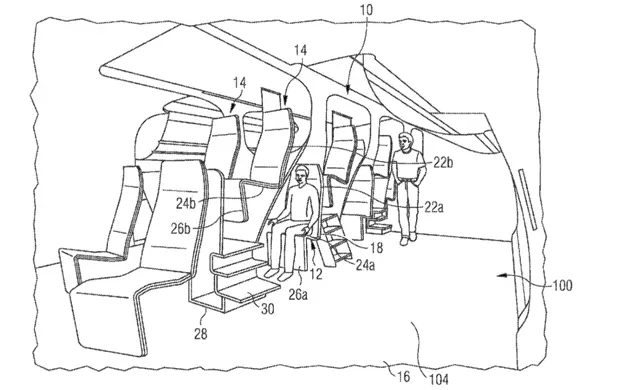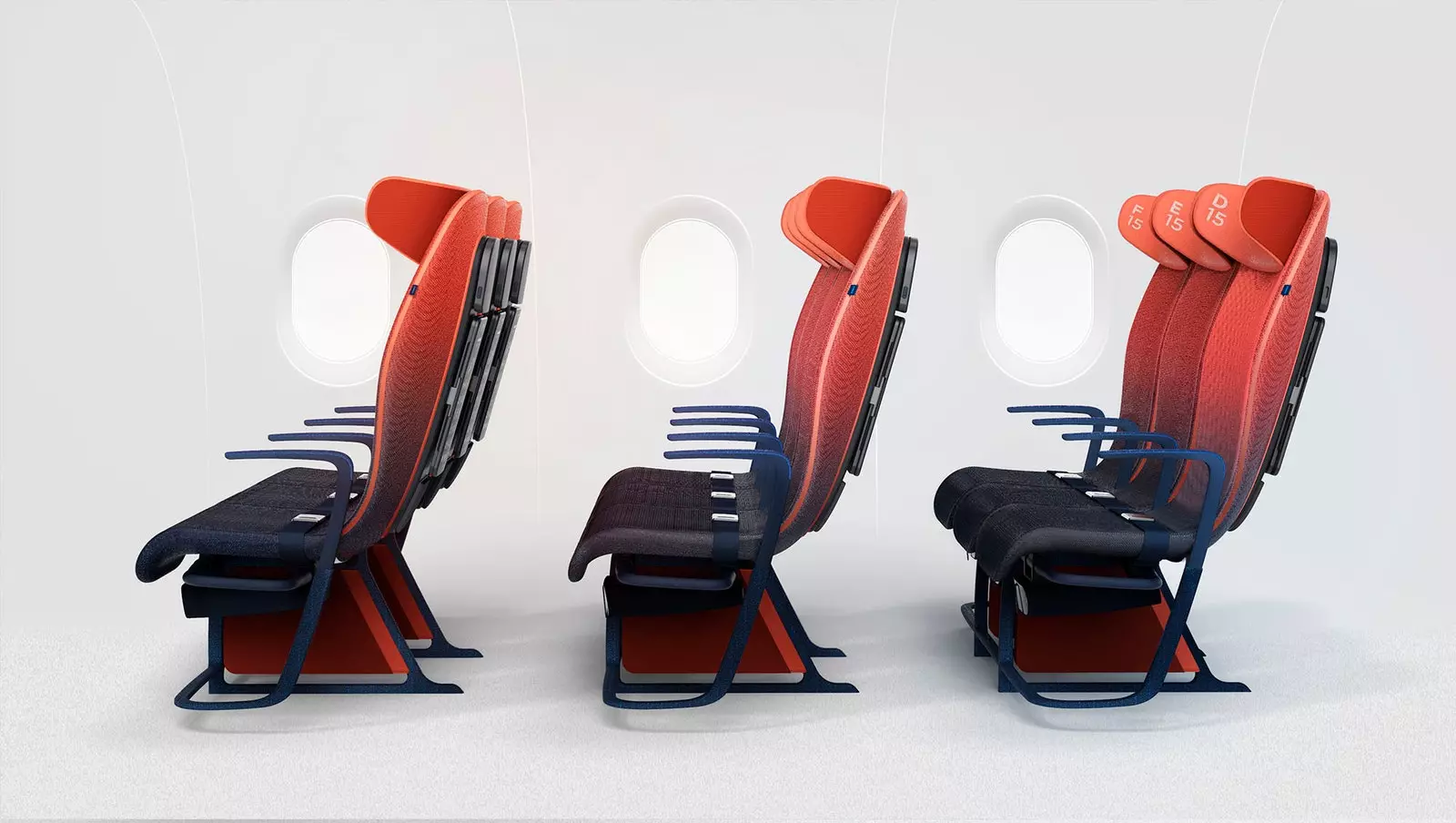Low cost flights are known, in addition to their low prices, for their inconvenience. In the 1990s, when the space between rows of seats was almost 90 centimeters, we were talking about economy class syndrome (to name the thrombosis that occur in passengers who travel frequently by plane, on long-haul flights and in economy class). Today, when the average between rows is between the 76 and 78 centimeters (according to the Flyers Rights passenger defense platform), the discomfort is even more pronounced.
During the last decade, the abyss of comfort that separates business class from economy on a plane has become even more pronounced. While business passengers have been able to benefit from all the aviation innovation that has been invested in in recent years - double beds dressed with sheets and duvet, bars on board and even showers at 38,000 feet. , the benefits of the tourist class have been diminishing as the size of its seats has also diminished.
The Spanish university Alejandro Nunez Vicente, who is 1.90 meters tall, he quickly realized this while studying engineering at TU Delft University in the Netherlands. Going to and from Madrid on weekends, and suffering the rigors of space imposed by the low cost, he began to think about how to make the most of the cabin with seats on two levels.
CHAISE LOUNGE ECONOMY SEAT, THE PROTOTYPE THAT COULD CHANGE THE WAY WE FLY
together with his teacher Peter Vinck, An expert in aircraft interior design, Núñez has given birth to the prototype he envisioned, the Chaise Longue Economy Seat , which was nominated for the prestigious Crystal Cabin Awards in 2021.
the same play with the gaps in the design on two levels to allow passengers both recline up to 125 degrees (15 more than normal) until stretch the legs and put them in a completely horizontal position, as if you were on a chaise longue. For this to be possible, overhead luggage compartment removed , passing this to be stored under the seat.
The space between rows, yes, remains almost unchanged with respect to the current ones (between 76 and 81 centimeters), but the best postures promise that this will not be too important. On the other hand, the distance from the ceiling in the raised rows would be about 1.5 meters, as reported by CNN, insufficient space to stand.
In addition to this small inconvenience, there are those who think that the lower rows can be somewhat claustrophobic, because they are 'embedded' between seats, without any kind of visual horizon.
THE REAL IMPLEMENTATION, THE MOST DIFFICULT YET
Now, Núñez is working for an airline company to adopt his invention, something complicated if we take into account the many prototypes that have captured media and social attention, but have never been implemented on flights.
He happened, for example, with other two level layouts , like these booster seats proposed by Airbus (in which, however, an increase in legroom was not contemplated).

Seating on two levels
More recently, the designer Jeffrey O'Neill proposed something similar, but more sophisticated, which even included the possibility of sleep comfortably lying down in economy class.
Of course, the biggest obstacle that both Núñez and the rest of the inventors face is the airlines' reluctance to spend money , especially at a difficult historical moment for companies due to the increase in fuel prices and the stoppage caused by the pandemic.
For now, it only seems that proposals will come out that do not change the configuration of the cabin too much and that even make it lighter, such as Move . This prototype seat from Airbus uses smart textiles that record and transmit information to an app that passengers can download to monitor and control their trip, receiving, for example, stretching suggestions or changing the seat mode from "sleep" to "massage" or "eat".

Move, Airbus seats based on smart textiles
